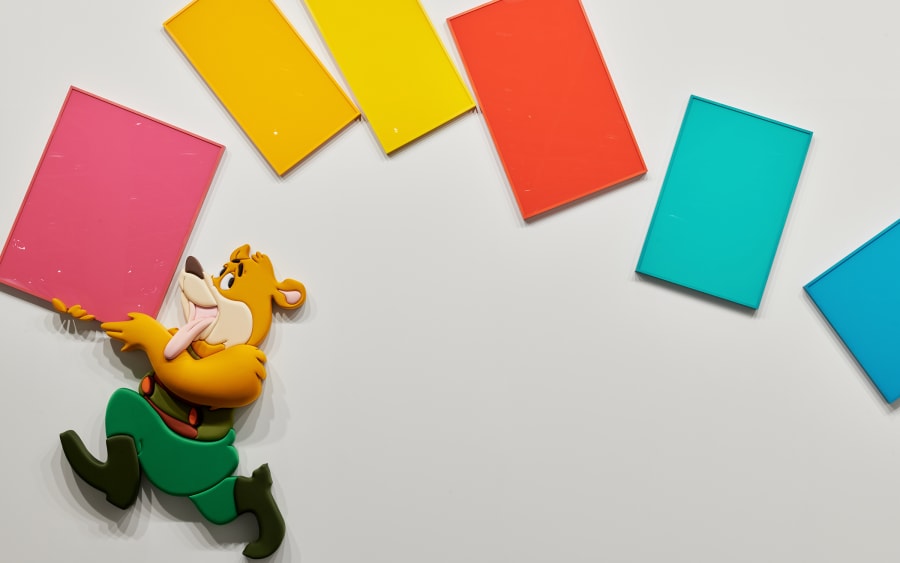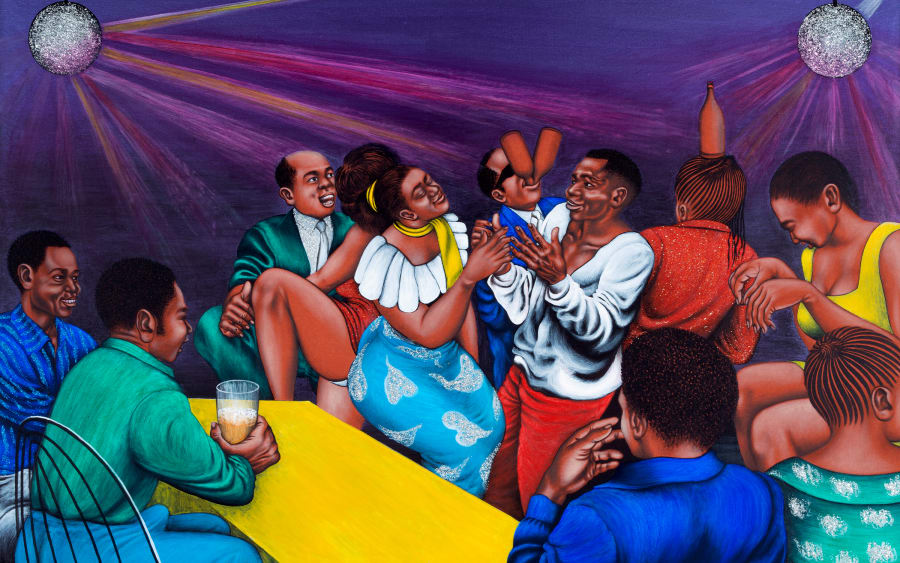When it comes to the question of what makes Art Basel’s original Swiss fair one-of-a-kind, its new director Maike Cruse, does not hesitate. Sure, it has the big guns – including Art Unlimited, its unique presentation of largescale projects by some of the art world’s starriest names – and the most galleries (almost 300, from talent-spotting younger operations to blue-chip giants). For Cruse though, its appeal is far more intimate. ‘I’ve come to each fair for almost 20 years because, while I want to find out what’s new and interesting, I also want to meet everyone who is part of the art world,’ she says. ‘The fair takes over the whole city. You meet the art world in the museums, restaurants, bars, on the streets or in the tram.’
Cruse well understands this dynamic interplay between art, its community, and the wider urban habitat. For the past ten years, she was the director of Gallery Weekend Berlin, the annual showcase of the city’s art scene where around 50 galleries create focused presentations. Besides that, she led the contemporary fair abc and Art Berlin, and cut her teeth in the German capital curating the storied Forgotten Bar, a hybrid of drinking den and gallery. ‘What I learned at Gallery Weekend Berlin is that an event is achieved with the city, the city’s galleries, institutions, collectors and artists really collaborating together,’ she says. ‘In Basel, the amount of support and engagement is stunning.’
This year’s edition of Art Basel in Basel will see the fair embed itself even further in the surrounding townscape. The fair’s public art show, Parcours, explores transformation and circulation and will be curated by Stefanie Hessler, the director of New York’s Swiss Institute. ‘Most works will be site-specific and specially produced. They will not only be outside, but all along Clarastrasse , in shops and storefronts, in a church, on the bridge,’ explains Cruse. For the first time ever, the fair will also stage around-the-clock art projects at the Hotel Merian, on the banks of the Rhine in the city’s center.
Art Basel has evolved considerably over the past two decades that Cruse has been an annual visitor. Most obvious is its expansion: there are now four fairs in total: Art Basel Miami Beach, at the intersection of North and Latin American markets, Art Basel Hong Kong, which addresses Asia, while in Europe, the first fair is now complimented by Paris+ par Art Basel, which addresses the French capital’s growing gallery scene. ‘Each fair now has its own director with their own local approach,’ says Cruse. ‘We are in the heart of Europe and about 60% of our galleries are European.’
From its primary purpose as a commercial platform, the fair has also come to take a far more active role nurturing art’s wider ecosystem. Market-leading art dealers have continued to expand their enterprises with art spaces in multiple countries and through their presence at global fairs. Art Basel has looked to ways it might also ensure the essential small and mid-level galleries that nurture upcoming artists, have a place at the table. ‘While we introduced a sliding price system in the Galleries sector in 2019, this year’s Statements features 18 solo presentations of emerging artists with younger galleries,’ Cruse says. ‘We introduce their artists’ work to curators and collectors and aim to shed light on what they do beyond the fair through our various channels.’
And of course, there is the expanding vision of the fair as a nexus for social encounters and community building. ‘Basel is an intimate city and very concentrated, filled with the best art in the world and institutions that you can walk between. There’s nowhere in the world quite like it.’
Art Basel in Basel runs from June 13th until June 16th, 2024. Discover the participating galleries here.
Skye Sherwin is an art writer based in Rochester, UK. She contributes regularly to The Guardian and numerous art publications.
Images: Portrait of Maike Cruse by Debora Mittelstaedt and views of Art Basel 2023.


